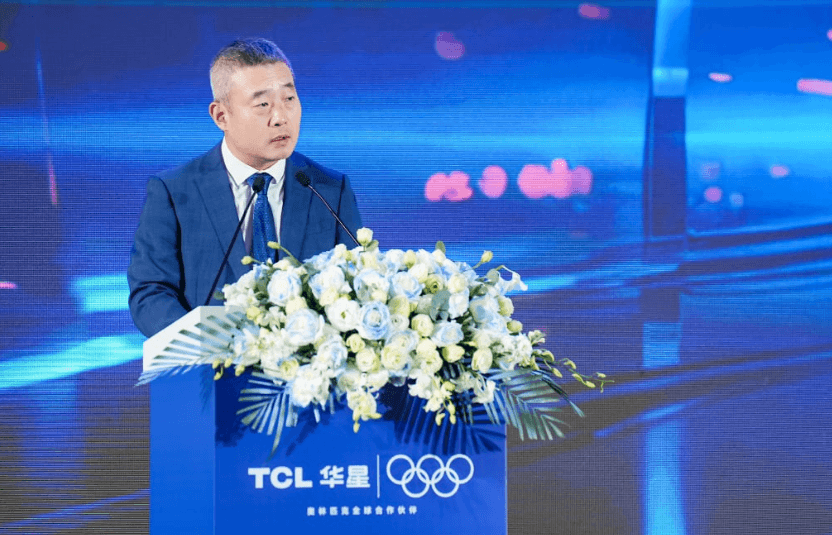
TCL CSOT, the display making arm of TCL Electronics, has broken ground on its new inkjet-printed OLED production line, which will be used to manufacture millions of displays when it’s up and running in 2027.
The new development in Guangzhou, China, is officially called T8, and it’s the culmination of more than a decade’s worth of investment by TCL into inkjet printing or IJP OLED technology.
The facility is set to become the world’s first 8.6-Gen OLED production line, and follows in the footsteps of TCL CSOT’s 5.5-Gen IJP facility in Wuhan, which entered production last year. TCL CSOT Chief Executive Jun Zhao proclaimed T8 as a “breakthrough for the global display industry, showcasing technological capabilities and market potential in the high-generation AMOLED sector.”
IJP is an innovative new manufacturing technique for OLED displays that involves depositing organic light-emitting materials with high precision onto substrates using advanced printing technologies. According to the company, it “delivers excellent colour performance, high resolution, energy efficiency, and cost-effectiveness, making it ideal for a wide range of applications from small devices to large panels.”
The process is different from the one employed by LG Display and Samsung Display, which simply use a mask in order to spray the OLED materials onto their substrates, resulting in much more waste – that’s why TCL CSOT claims that IJP will be much more cost-effective.
Once the new factory is up and running, at a cost of around $4 billion, it’s expected to have a monthly capacity of around 22,500 substrates measuring 2,290 x 2,620mm, which will then be cut up into smaller displays for tablets, laptops and monitors. The existing Wuhan facility is dedicated to making smaller substrates for smartphones.

The bigger substrates manufactured at T8 also open the door for the company to get involved in manufacturing larger OLED panels for televisions, and that’s a very good reason for us to get excited. Until now, the OLED TV display market has been controlled exclusively by Samsung Display and LG Display, but TCL CSOT is an ambitious competitor with very deep pockets. It’s promising to make OLED panels more cheaply, and could seriously disrupt the OLED TV market if it decides to do so.
TCL CSOT has not yet said anything about plans for OLED TV panels, but it is well aware of the opportunity and it has not ruled out entering the market either. If it does start making OLED panels at lower cost, it would likely force Samsung Display and LG Display to rethink their own pricing strategies. A win-win for consumers, in other words.
For now though, TCL CSOT is focused primarily on smaller displays, and it sees a big opportunity there too, with forecasts by Omdia saying that shipments of AMOLED panels are likely to rise to more than 1.33 billion units in 2030, due to strong demand in IT and automotive applications.
“By bringing together the entire value chain, from foundational materials to final product assembly, we are building a fully integrated, end-to-end industrial cluster designed to compete on a global scale,” Zhao added.